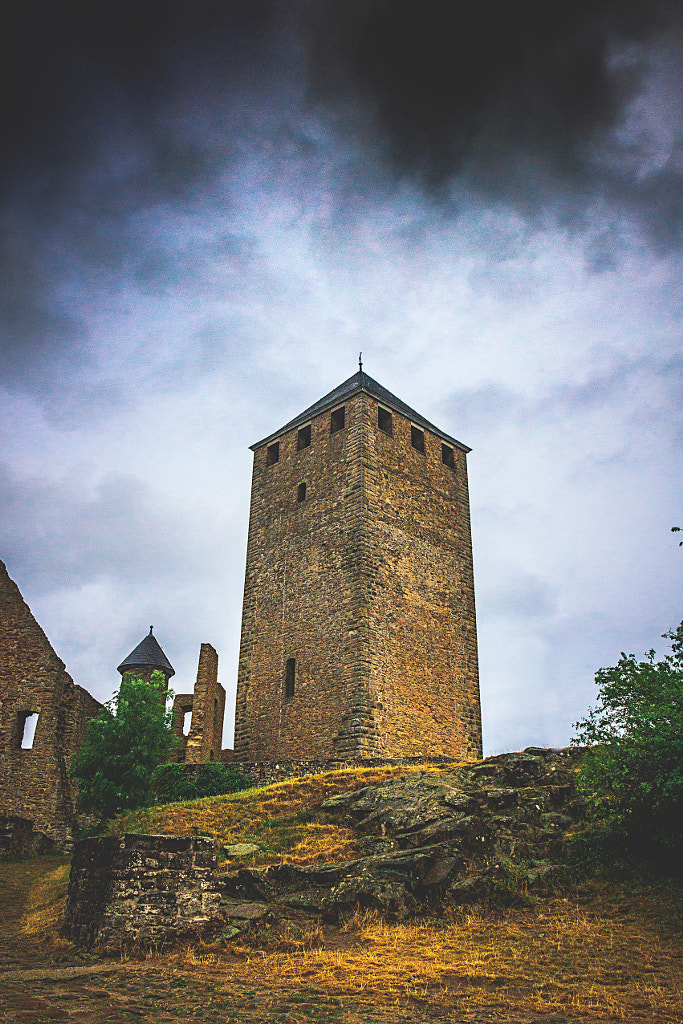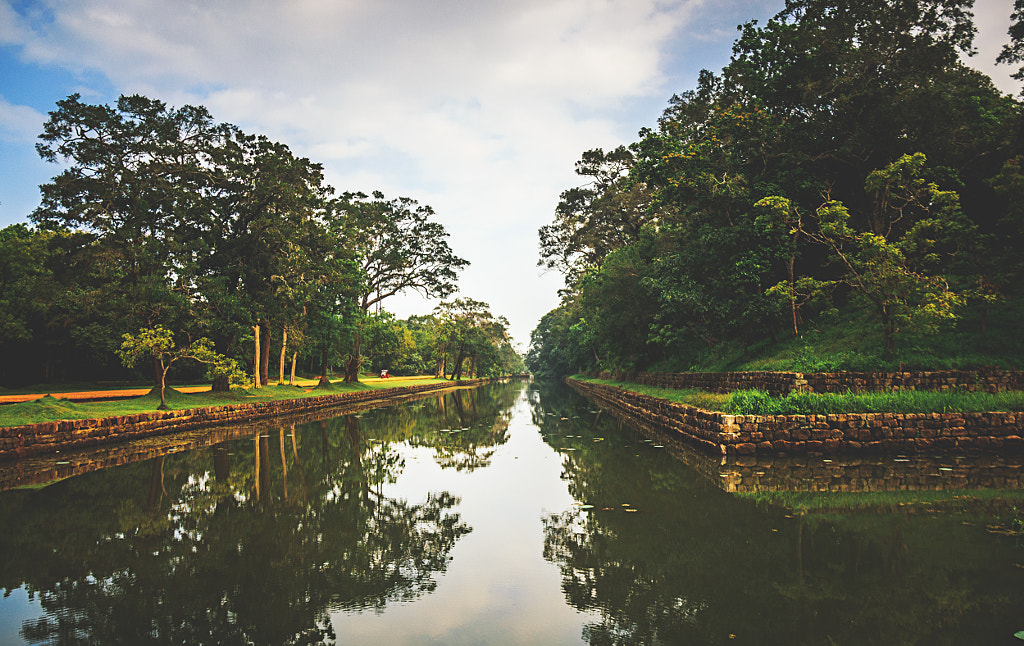
*shot on a Canon EOS 5DMkIV & EF 24-105/f4L, courtesy Canon/Metropolitan.
Ethnographic, Documentary & Travel Photography

*shot on a Canon EOS 5DMkIV & EF 24-105/f4L, courtesy Canon/Metropolitan.

*Shot on a Canon EOS 5DMkIV & EF 24-105/f4L, courtesy Canon/Metropolitan.

*Shot on a Canon EOS 5DMkIV & EF 24-105/f4L, courtesy Canon/Metropolitan.





Named after the hometown of Admiral Wilhelm Coster, the commander of the Dutch forces that captured Galle from the Portuguese in 1640, the Akersloot Bastion is one of the smaller strongpoints of this fort. The shallow waters and rocky shores at this spot provide a natural defence that didn’t necessitate the higher ramparts that face the open sea. Nevertheless, this bastion covers the approaches to Galle Bay and the harbour, and had seven cannon in position. Immediately behind the strongpoint is the Dutch Hospital, and the Akersloot Bastion was often used as a makeshift mortuary and for post-mortem examinations. The Galle Fort fell to the British in 1796 and, ever since, the bastion has functioned as the harbour master’s residence. It is one of the few portions of the fort’s ramparts that is not open to the public. Visible above the Akersloot Bastion is a breadfruit tree (Artocarpus altilis), and it is believed to be the first one ever planted on the island of Sri Lanka, by the Dutch. This was shot from the Triton Bastion and, beyond the ramparts, the modern town of Galle can be seen to the north, on the far side of the bay. Sri Lanka, September 2016.
For more on the historic Galle Fort, see my cover story, Climbing the Walls, in the January 2016 issue of Serendib, the inflight magazine of SriLankan Airlines.

Named after Utrecht, in the Netherlands, the hometown of the first Dutch Reformed priest to arrive in Galle in 1641, this bastion dominates the approaches to Galle Bay and its harbour. By 1760, it had six cannons installed, and also protected a gunpowder magazine which can still be seen today. The building on the left is the Meeran Jumma Masjid or Mosque, built in 1904 in the style of a Portuguese Baroque cathedral. The lighthouse was erected by the British in 1939, after the original one — the first lighthouse in Sri Lanka, built in 1848 — was destroyed in a fire. The fort itself is a UNESCO heritage site and dates back to original fortifications built by the Portuguese in 1505. It was then captured by the Dutch East India Company in 1640 and extensively expanded and reinforced over the next century. In 1796, the fort was captured by the British 70th Surrey Regiment of Foot under Capt Lachlan Macquarie who would later, as a major general, become the fifth governor of New South Wales. Shot in September 2016 from the Vlagklip Bastion. For more on the Galle Fort, including photographs, see my cover story, Climbing the Walls, in the January 2016 issue of Serendib, the inflight magazine of SriLankan Airlines.